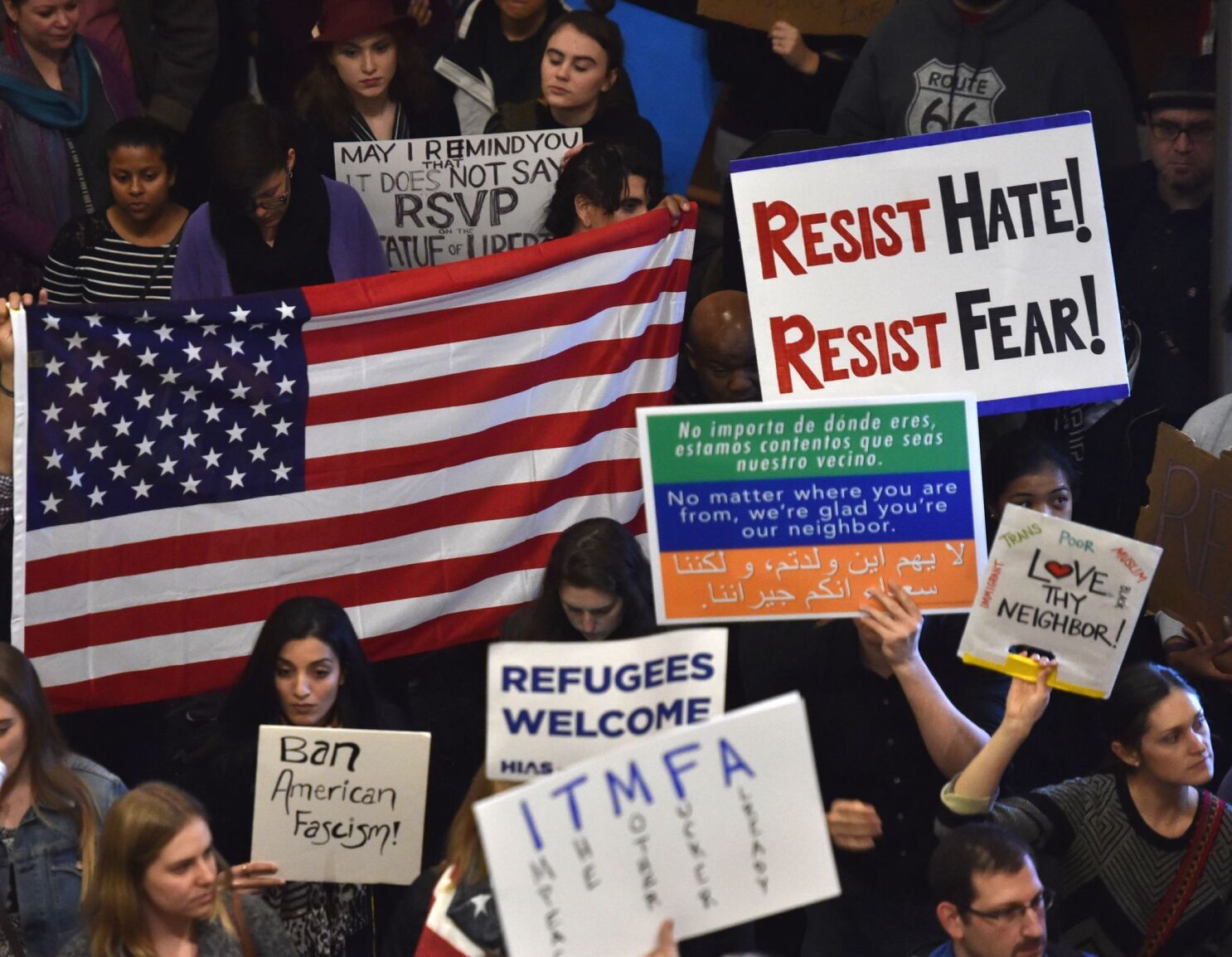Armen Kurdian: Retired Navy Captain, Conservative Commentator, Politician
Ted Harvey: Senator, Chairman of StopJoe.com
In the second half of the first hour, the hosts spoke to Melik Abdul about Trump awaiting criminal indictment.
#ChrisLicht #SEC #Trump #DOJ #California #POTUS #2024Elections



